EV updates
Hyundai Creta EV: The Future of Family SUVs in India
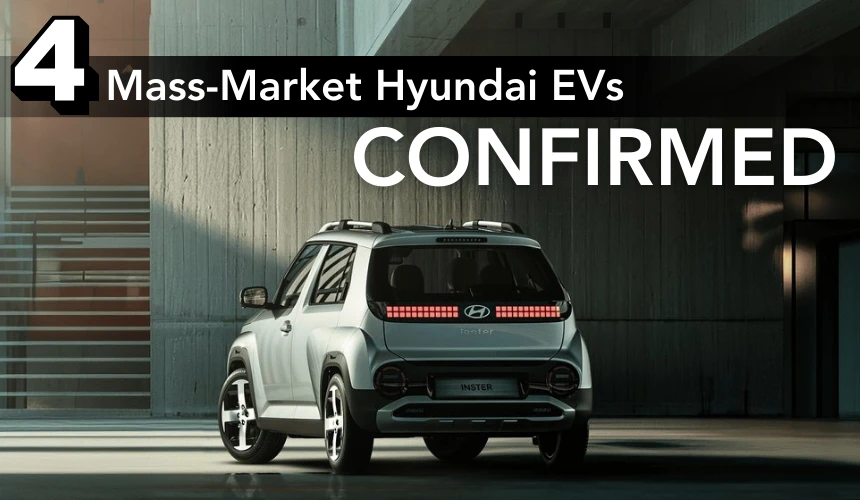
Hyundai Motor Company has officially confirmed the launch of the highly anticipated Creta EV, set to arrive in the Indian market in January 2025. This announcement marks an important milestone in Hyundai’s strategy to expand its electric vehicle (EV) lineup, which aims to introduce three additional mass-market EVs by 2027. The Creta EV’s unveiling follows a recent record initial public offering (IPO) that raised $3.3 billion, a move that positions Hyundai for aggressive growth in one of the world’s fastest-growing automotive markets.
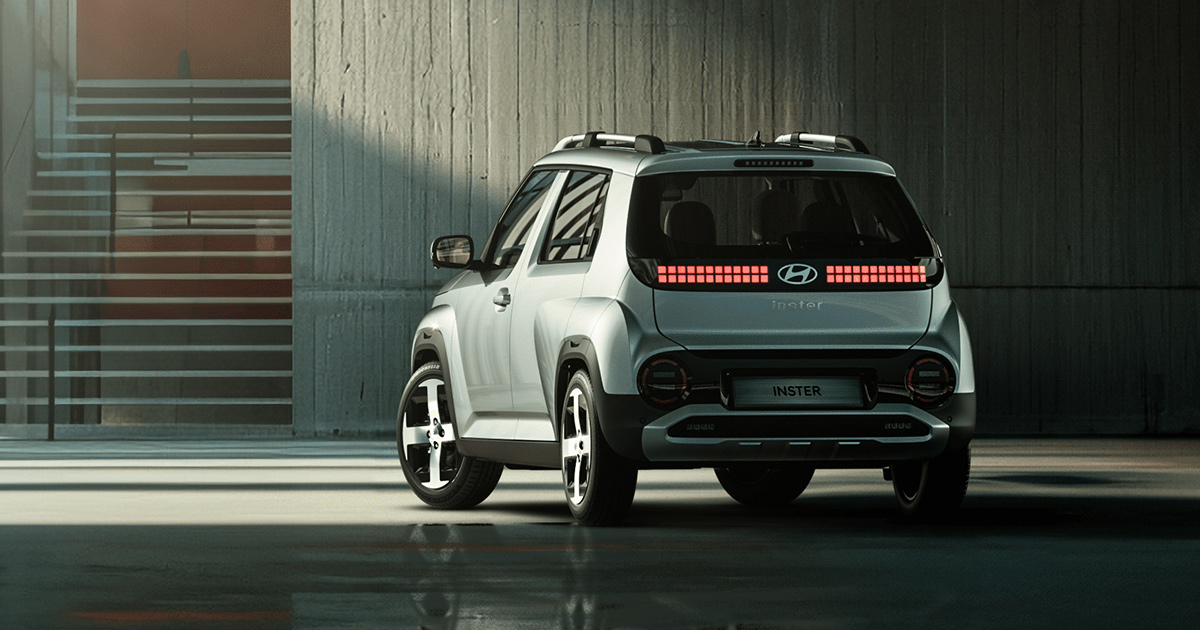
Hyundai Creta pc-zeenews
Production for the Creta EV is expected to begin in December 2024 at Hyundai’s manufacturing facility in Chennai, which has been a key contributor to the company’s success in India since 1998. The Creta EV will closely resemble its internal combustion engine (ICE) counterpart, with design modifications that cater specifically to the EV market. These updates include a closed-off front grille with a charging port, new bumpers, and aerodynamic alloy wheels that enhance the vehicle’s overall efficiency.
The interior of the Creta EV will maintain much of the cabin layout found in the standard model, while incorporating modern features. A new steering wheel inspired by Hyundai’s Ioniq 5 will be part of the interior enhancements. The cabin focuses on comfort and functionality, catering to families and their extended culture in India.
Powering the Creta EV will be a 45 kWh battery pack, paired with a front-axle-mounted electric motor. This setup mirrors that of Hyundai’s Kona EV, delivering a robust performance with an output of 136 horsepower and 255 Nm of torque. The electric SUV is projected to offer an impressive driving range of up to 450 kilometers on a single charge, making it a competitive option in the burgeoning EV market.
Hyundai aims to price the Creta EV competitively, keeping it under ₹20 lakh. This strategic

Hyundai Creta pc-zeenews
pricing places the Creta EV in direct competition with popular models like the Tata Curvv EV, MG ZS EV, and the upcoming Maruti Suzuki EVX. By prioritizing affordability, Hyundai seeks to capture a significant share of India’s growing EV market.
Beyond the Creta EV, Hyundai plans to introduce several other electric models in the coming years. Among these is the Inster EV, expected to launch in India by 2026. The Inster will utilize the E-GMP (K) platform, designed specifically for electric vehicles. This model will feature battery packs with capacities of 42 kWh and 49 kWh, offering ranges of up to 300 kilometers and 355 kilometers, respectively.
Hyundai’s upcoming lineup also includes the next-generation Grand i10 Nios EV and the updated Venue EV, both slated for debut between 2026 and 2027. This expansion of Hyundai’s electric vehicle portfolio reflects the company’s commitment to meeting the diverse needs of Indian consumers.
A crucial element of Hyundai’s strategy is a high level of localization in its production processes. This approach is essential for keeping costs down and enabling competitive pricing. By localizing production, Hyundai aims to make electric vehicles more affordable while also aligning its offerings with the preferences of Indian consumers.
The Indian electric vehicle market is experiencing rapid growth, fueled by government incentives promoting EV adoption and increasing environmental awareness. As consumers become more aware of the benefits of electric mobility, Hyundai’s focus on a diverse range of electric vehicles positions the company favorably within this expanding market.
Hyundai recognizes the competitive landscape in the Indian EV sector, facing challenges from established players like Tata Motors and MG, as well as new entrants. Each of these competitors is launching innovative electric models to meet the evolving demands of Indian consumers. To maintain its competitive edge, Hyundai must continue to innovate and deliver high-quality, localized vehicles that resonate with buyers.
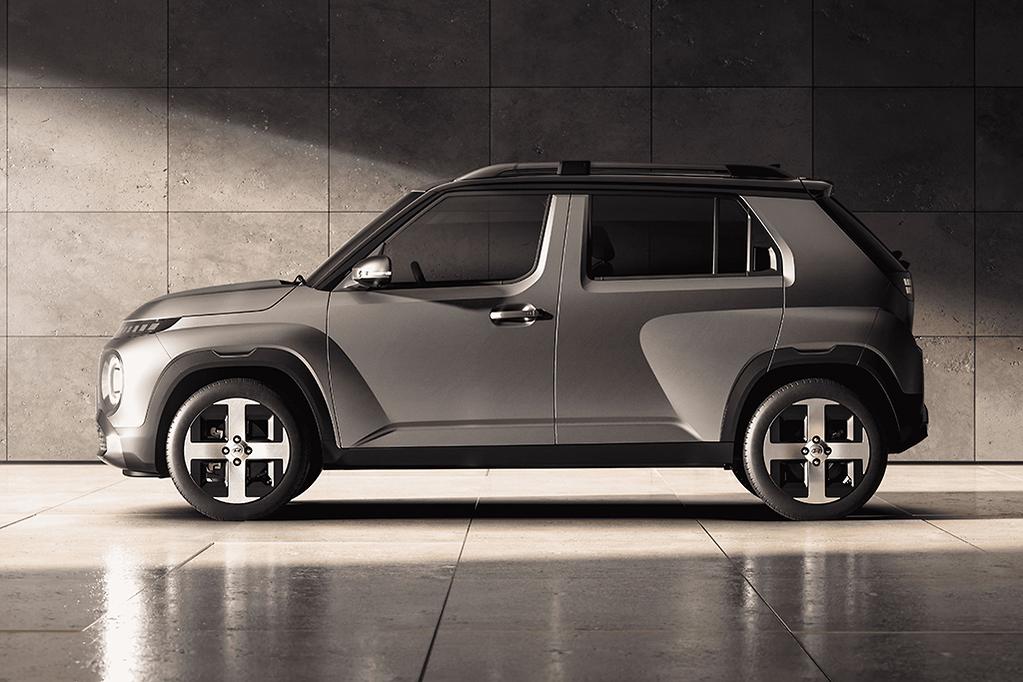
Hyundai Creta pc-zeenews
The launch of the Creta EV and other upcoming models signifies a pivotal moment for Hyundai, solidifying its presence in the Indian automotive market. Known for its stylish and reliable vehicles, Hyundai’s transition to electric mobility aligns with changing consumer preferences and environmental concerns.
As the automotive landscape evolves, Hyundai’s commitment to sustainability and innovation will be crucial in shaping its future success. The anticipated launch of the Creta EV in January 2025 has already generated considerable excitement among consumers and automotive enthusiasts alike.
In conclusion, Hyundai’s plan to launch the Creta EV along with additional mass-market electric vehicles highlights its dedication to the Indian market and the increasing demand for sustainable transportation. With a focus on affordability, performance, and innovative design, Hyundai is set to make a significant impact on the Indian electric vehicle landscape. As the company prepares for the arrival of the Creta EV, it is clear that Hyundai is ready to tackle the challenges and opportunities presented by this rapidly evolving sector, ensuring a bright future for electric mobility in India.
Aritcle By
Prashant Sharma
Blog
Suzuki Access EV: A New Electric Scooter Set to Compete with the Honda Activa Electric
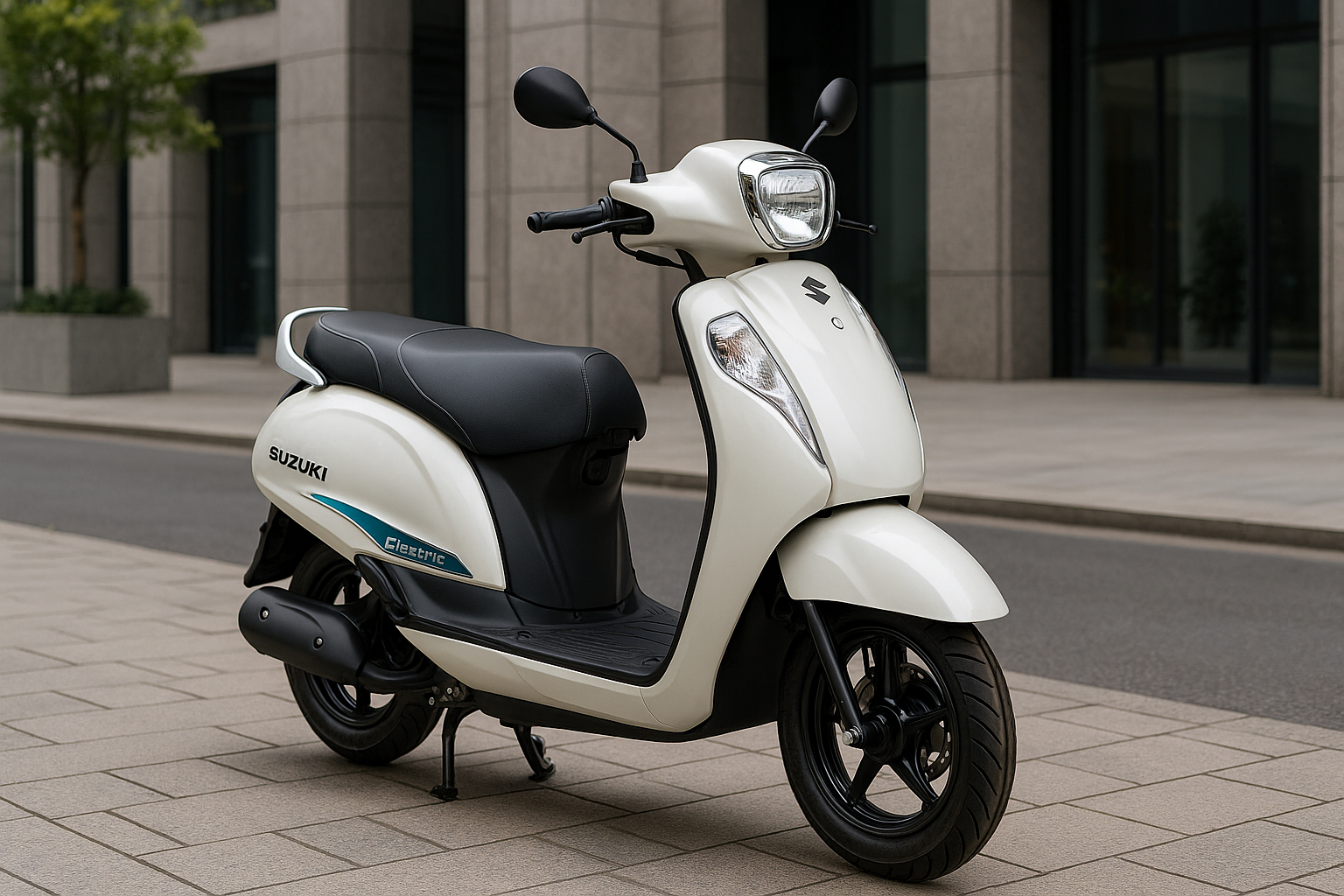
Suzuki Enters the Electric Scooter Market with the Access EV
Suzuki, a brand renowned for its reliable and fuel-efficient motorcycles and scooters, is now entering the world of electric mobility with its upcoming Suzuki Access EV. Expected to launch in 2025, this electric scooter is poised to become a significant player in India’s rapidly growing electric two-wheeler market. With the rise in demand for eco-friendly transportation, Suzuki aims to tap into the shift toward electric mobility with a scooter that combines familiarity, affordability, and modern electric technology.
India’s electric scooter market is heating up, with strong contenders like the Honda Activa Electric also making their debut. The Suzuki Access EV has big shoes to fill, but with its established reputation in the two-wheeler segment, Suzuki is well-equipped to make its mark.
Key Features of the Suzuki Access EV
1. Sleek Design and Comfort
The Suzuki Access EV will retain the classic design elements that made the Access 125 one of India’s most popular scooters, while incorporating sleek, modern changes suitable for the electric age. Expect a design that maintains the comfort and ease of use for which the Access series is known, but with enhancements to accommodate electric powertrain components.
The Access EV will come with a well-designed, comfortable seat, spacious footboard, and ergonomic riding posture, ensuring that it’s just as comfortable for long-distance commutes as it is for short city rides.
2. Battery and Range
One of the biggest concerns for any potential electric vehicle buyer is the range. The Suzuki Access EV is expected to come with a high-capacity lithium-ion battery that offers a respectable range of 80 to 100 km on a single charge. For daily city commuters, this range should be more than sufficient, offering the convenience of not needing to charge the scooter every day.
The Access EV will also feature quick charging capabilities, so riders can spend less time plugged into a charging point and more time on the road. Suzuki aims to make it as convenient as possible for users, whether they’re commuting or running errands.
3. Smart Features and Technology
In addition to its design and range, the Suzuki Access EV will come with a range of smart features to enhance the rider experience. Expect connectivity options that allow you to pair your phone with the scooter for features like real-time vehicle tracking, remote diagnostics, and battery status updates. LED lights, digital instrument clusters, and regenerative braking systems will also be part of the package, offering a smooth and high-tech riding experience.
How the Suzuki Access EV Will Compete with the Honda Activa Electric
The competition in the electric scooter segment is heating up with Honda’s Activa Electric, which is expected to launch around the same time as the Suzuki Access EV. Both brands have loyal customer bases, and their electric scooters will likely appeal to different segments of the market.
While the Honda Activa has been the undisputed leader in India’s scooter market, Suzuki brings a different set of strengths to the table. The Access EV will likely be priced competitively, giving it a strong chance of becoming a popular choice for those who want the reliability of Suzuki but are also looking for something environmentally friendly and cost-effective.
In terms of performance, both the Access EV and Activa Electric will be aiming for similar performance benchmarks, including good battery life and reliable city range. However, Suzuki’s reputation for durable scooters, combined with the added benefit of an electric motor, could give the Access EV an edge in terms of customer loyalty.
The Impact of Suzuki Access EV on the Electric Scooter Market
As the electric vehicle market in India continues to grow, the introduction of the Suzuki Access EV is a significant step forward. With government incentives for electric vehicles and growing consumer interest in eco-friendly commuting options, electric scooters are becoming a mainstream choice for many people.
The Suzuki Access EV is expected to be a game-changer in making electric scooters more accessible, affordable, and practical for the everyday commuter. By focusing on a user-friendly design, affordable pricing, and efficient battery technology, the Access EV will appeal to a wide range of customers, from those making the transition from petrol scooters to those buying their first electric vehicle.
The Future of Electric Scooters in India
The Suzuki Access EV marks a bold new step for the brand as it enters the growing world of electric mobility. With its solid reputation, affordable pricing, and smart features, the Access EV has the potential to be a strong competitor in the market alongside other popular electric scooters like the Honda Activa Electric.
As 2025 draws closer, we’ll be seeing more affordable electric options like the Access EV, which will make cleaner, greener transportation even more accessible for all. It’s an exciting time for the Indian electric vehicle market, and the Suzuki Access EV is ready to be a part of the future of eco-friendly commuting.
Blog
Hyundai Ioniq 5 Set to Challenge Kia EV9 in the Premium EV Segment
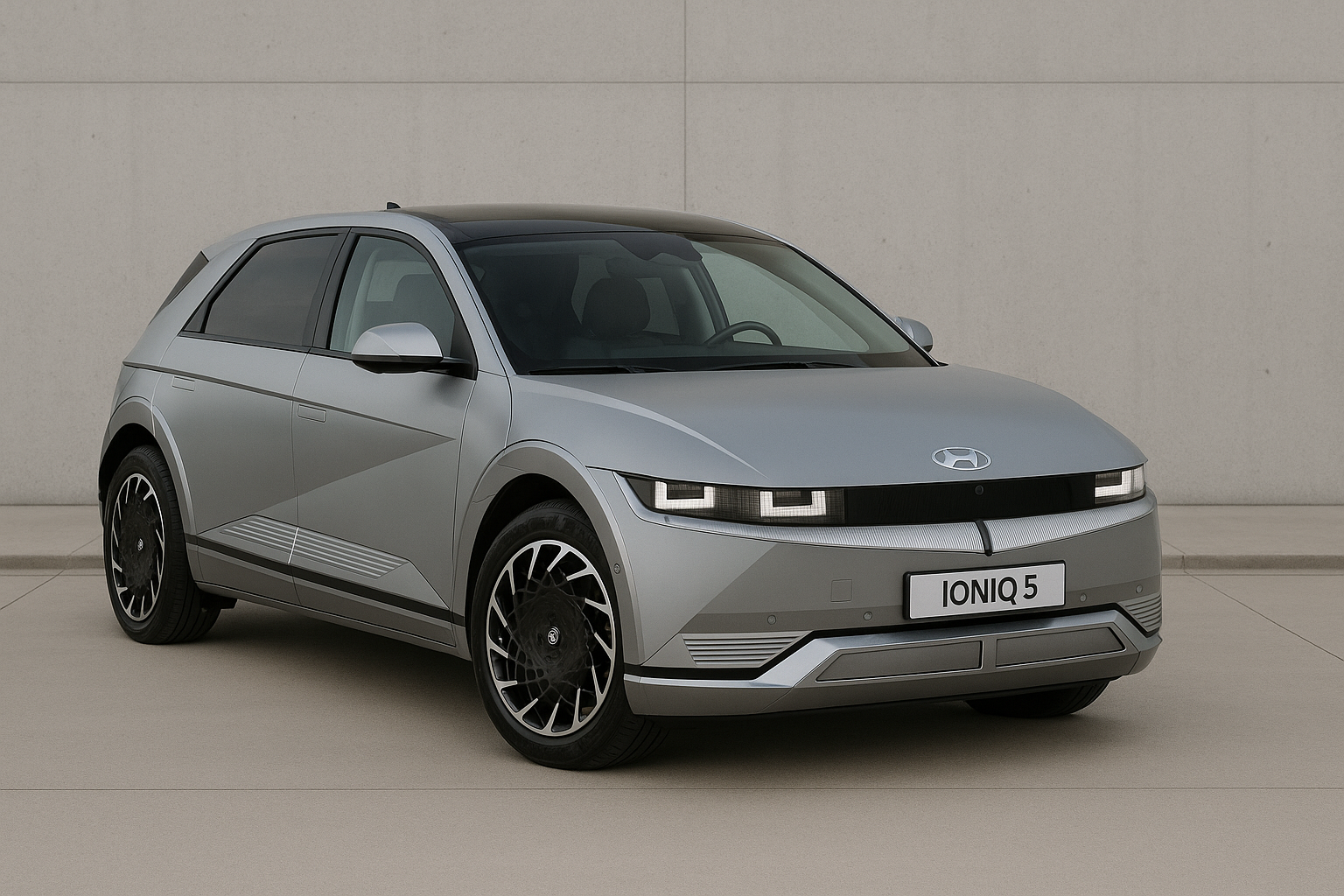
Hyundai is all set to make headlines again with the expected showcase of its flagship electric SUV — the Hyundai Ioniq 5. Designed to challenge popular models like the Kia EV9, the Ioniq 5 represents Hyundai’s commitment to futuristic, sustainable, and powerful electric mobility. With its bold design, long-range capabilities, and advanced features, the Ioniq 5 is not just an EV; it’s a statement.
A Revolutionary Step in Hyundai’s EV Journey
Hyundai has been a pioneer in bringing innovative and efficient vehicles to the market, and the Ioniq 5 is a clear reflection of that vision. Built on the E-GMP (Electric-Global Modular Platform), the Ioniq 5 offers enhanced performance, improved charging speed, and flexible interior design — ideal for modern-day EV enthusiasts.
Expected to launch with a targeted range of up to 631 km (ARAI certified) on a single charge, this electric SUV is built to go the distance, literally and figuratively. This puts it in direct competition with the Kia EV9 and other premium electric SUVs.
Futuristic Design Meets Sustainable Innovation
The Hyundai Ioniq 5 boasts a strikingly modern design that turns heads on the road. Its Parametric Pixel LED lighting, clean body lines, clamshell hood, and unique V-shaped front bumper give it a distinctive identity. The vehicle embraces both performance and aesthetics — making it a perfect blend of technology and lifestyle.
Inside, the Ioniq 5 continues to impress. The eco-friendly interior uses sustainable materials like recycled PET bottles, plant-based leather, and bio paint — all without compromising on comfort. Its flat floor architecture, flexible seating arrangement, and large cargo space make it a versatile choice for families and urban explorers alike.
Powerful Performance & Rapid Charging
Equipped with a dual-motor all-wheel-drive (AWD) system or a rear-wheel-drive (RWD) option, the Ioniq 5 can accelerate from 0 to 100 km/h in just 5.2 seconds. The power output is expected to be up to 305 PS depending on the variant.
One of the most impressive features is its ultra-fast 800V charging system. The Ioniq 5 can charge from 10% to 80% in just 18 minutes with a 350 kW DC fast charger. Even with a regular 50 kW charger, it offers excellent efficiency — ideal for Indian conditions where charging infrastructure is expanding rapidly.
A Smart and Connected Experience
The Ioniq 5 will come loaded with smart features like:
- Hyundai SmartSense ADAS (Advanced Driver Assistance Systems)
- 12.3-inch digital instrument cluster & infotainment display
- Augmented reality heads-up display
- Vehicle-to-Load (V2L) functionality to power external devices
Hyundai is likely to offer Over-the-Air (OTA) software updates, connected car services via Bluelink, and a top-tier warranty package to boost consumer confidence in EV ownership.
Why It’s Worth the Wait
As India moves towards electric mobility, vehicles like the Hyundai Ioniq 5 are setting benchmarks in performance, range, and sustainability. While pricing is yet to be officially confirmed, Hyundai is expected to price it competitively — making it an attractive alternative to the Kia EV9, Tesla Model Y, and Volvo XC40 Recharge.
Whether you’re an EV enthusiast or a future-forward buyer looking for style, performance, and green innovation, the Hyundai Ioniq 5 promises to deliver on all fronts.
Article By
Sourabh Gupta
Ev battery
Mahindra Expands EV Portfolio with the BE 07: A New Era of Electric Mobility
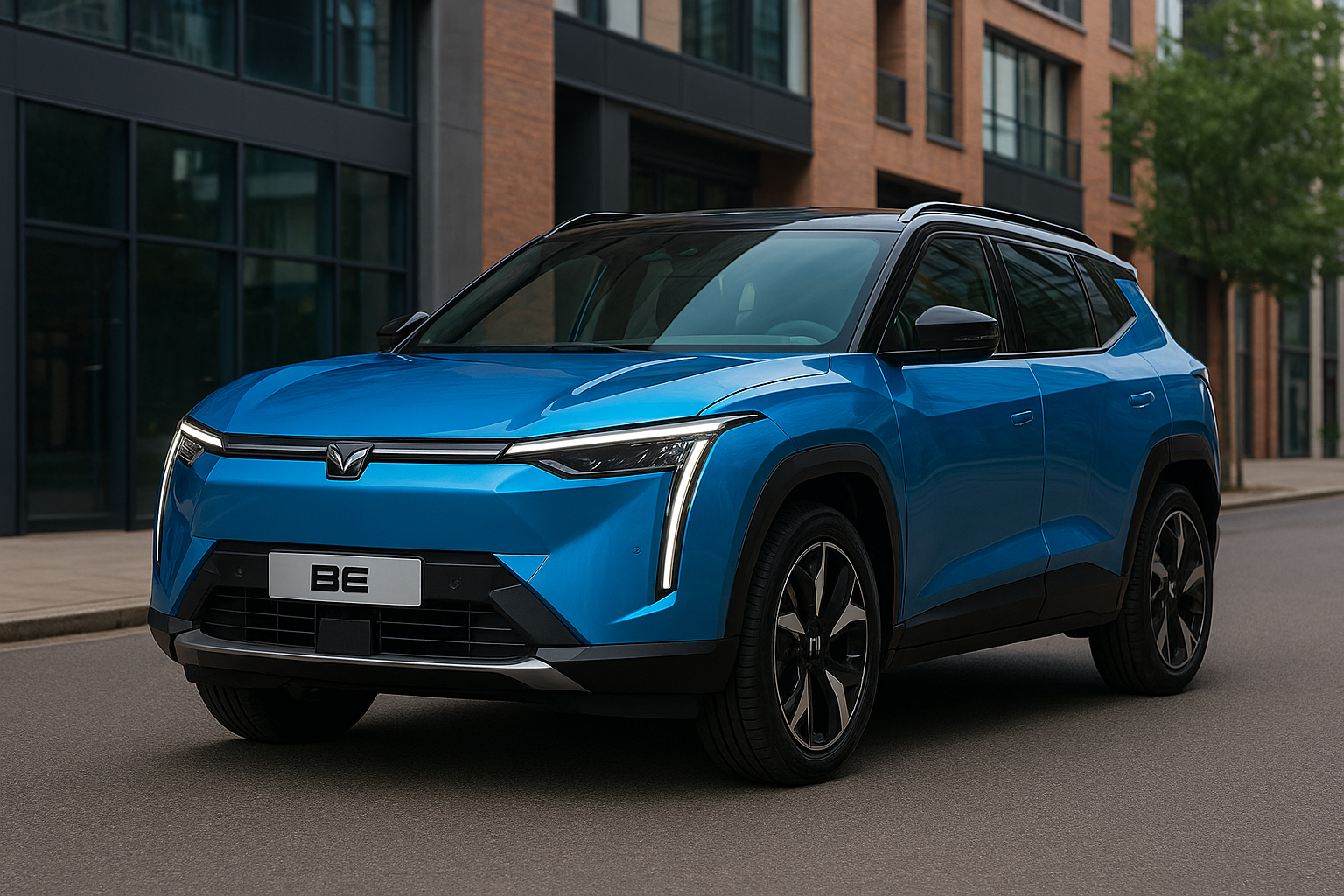
Mahindra’s New Electric SUV: The BE 07 is Here to Make a Splash
Mahindra’s been making some big moves lately, and if you’re a fan of SUVs, you’re going to want to pay attention. The BE 07, Mahindra’s upcoming electric SUV, is creating a lot of buzz in the auto world. Expected to roll out in 2025 or 2026, this electric ride is set to change how we think about electric vehicles (EVs) in India.
We all know Mahindra is famous for its tough, reliable SUVs. The BE 07 will be no different, but it’s got a twist — it’s electric. So, whether you’re looking for an eco-friendly car that still packs a punch or you’re just tired of rising fuel prices, this electric SUV might be exactly what you’ve been waiting for.
Why the BE 07 is Such a Big Deal
The BE 07 is more than just a regular SUV — it’s electric, which means it’s a step forward in Mahindra’s push to make green vehicles the norm. Here’s why people are so excited about it:
1. A Fresh, Modern Look
We all know Mahindra is famous for making rugged SUVs, and the BE 07 keeps that vibe alive. But it’s also got a more modern look that screams future-ready. With sleek lines and a sporty design, it’s got that futuristic appeal, but with all the muscle you’d expect from an SUV.
Whether you’re using it for city drives or heading out on a road trip, the BE 07 will stand out wherever you go.
2. Great Range for Long Drives
One of the things people are most worried about with electric cars is range anxiety — basically, how far can you go before needing a charge? Mahindra is addressing this with the BE 07, which is expected to give you a solid 400+ km on a full charge. That means you can take it on longer trips without the stress of constantly needing to find a charging station. Whether it’s a weekend getaway or a daily commute, this car’s range is more than enough.
And with fast-charging capabilities, you won’t be stuck waiting hours for a charge. Quick and efficient charging will make long drives a breeze.
Tech and Features: It’s Got Everything You Need
Electric cars are all about smart technology, and the BE 07 delivers. The car comes with all the modern features you’d expect from a high-end SUV, but with an electric twist. Expect a huge touchscreen infotainment system, smart connectivity, and advanced driver-assistance features to make your driving experience as smooth as possible.
3. Smart Features for a Smooth Drive
If you’re someone who loves having the latest gadgets in your car, the BE 07 will make you happy. It’ll have features like adaptive cruise control, lane-keeping assist, and emergency braking. These features not only make driving safer but also less stressful, especially on highways or during long drives.
The infotainment system will keep you connected to your music, calls, and navigation, so you’re never without what you need. Plus, all of this tech will be integrated into the car seamlessly, keeping everything easy to use.
Why It’s the Right Time for an Electric SUV
If you’ve been thinking about switching to electric, the BE 07 might just be the right moment. As fuel prices continue to climb, the cost of petrol and diesel is hitting us hard. But with electric vehicles, you’re looking at a much cheaper, more sustainable way to drive.
Plus, government incentives are making it easier than ever to buy an electric car. With affordable pricing and low charging costs, the BE 07 makes going green more accessible than ever before.
Who’s the BE 07 Perfect For?
This car is perfect for families, young professionals, or adventure lovers who want a car that’s tough, eco-friendly, and packed with features. If you love the idea of owning an electric SUV that’s both stylish and practical, the BE 07 is going to be a great fit. It’s spacious enough for your family, but with the kind of performance and luxury that will make every drive a pleasure.
What’s Next for Mahindra?
The BE 07 is just one of the many electric cars Mahindra plans to release. As the company continues to expand its EV portfolio, we can expect even more exciting models in the coming years. The BE 07 is just the beginning of Mahindra’s mission to revolutionize the electric vehicle market in India.
With Mahindra’s growing focus on electric mobility, the future of sustainable transportation in India is looking brighter every day. So, if you’ve been considering switching to an electric car, the BE 07 is worth keeping an eye on.
The Future of Driving Is Electric
The Mahindra BE 07 is shaping up to be an exciting, affordable, and eco-friendly option for anyone looking for an electric SUV. With great design, amazing tech, and a reliable range, it’s clear that Mahindra is stepping up its game when it comes to electric mobility.
If you’ve been thinking about making the switch to electric, the BE 07 could be the perfect vehicle for you. It’s affordable, practical, and it’s got everything you need to drive into a more sustainable future.
Article By
Sourabh Gupta
-

 Blog1 year ago
Blog1 year agoIndia’s Electric Vehicle Market Forecast to 2028 A Rapidly Growing Industry
-

 Blog12 months ago
Blog12 months agoMahindra BE 6 An Intense Move toward the Fate of Electric Versatility
-

 Blog1 year ago
Blog1 year agoTop 10 Electric Vehicles of 2024: A Comprehensive Guide
-

 EV news11 months ago
EV news11 months agoAmpere Magnus Neo Another Time of Electric Portability
-

 Blog1 year ago
Blog1 year agoTop 5 best electric vehicles Under $30,000: Affordable Choices for 2024
-
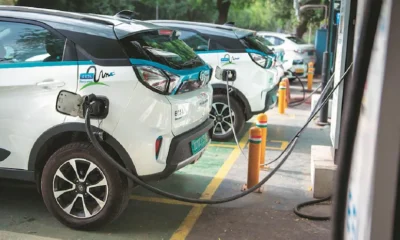
 EV news11 months ago
EV news11 months agoIndia’s EV Revolution Electric Cars to Outpace Petrol & Diesel in 2025
-

 Blog2 years ago
Blog2 years agoImpact of Electric Vehicles on the Environment and Pollution
-

 EV news1 year ago
EV news1 year agoOla Electric Offers Massive Festive Discounts on Scooters Starting at ₹50,000




